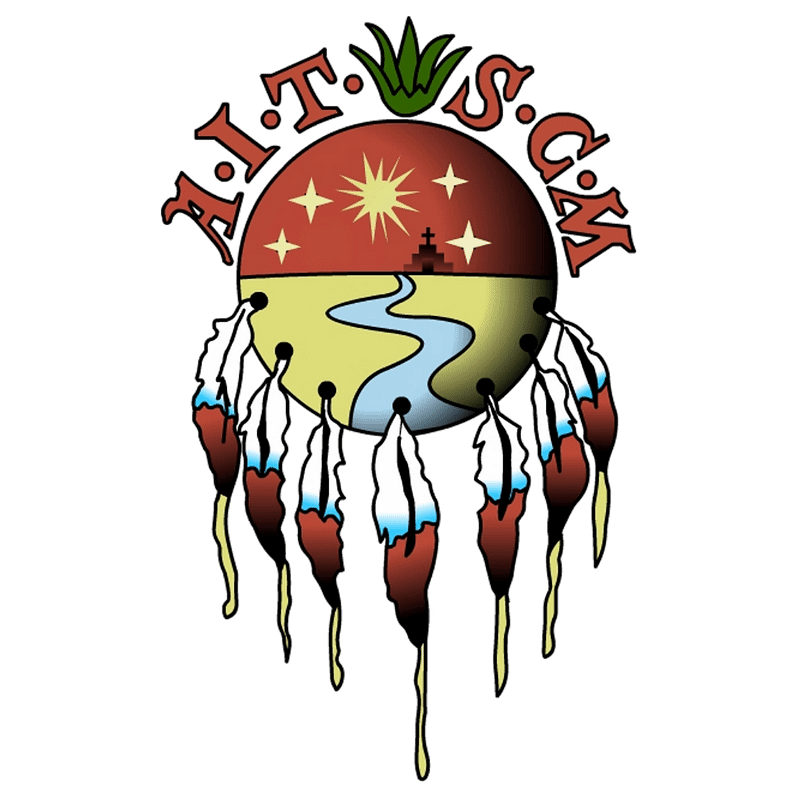Written by Elena Enriquez and Jahsanna Randolph
Growing up, my family gatherings were always centered around cookouts. The best part of these cookouts – and the part people fought over the most – was my Grandfather’s mesquite chicken, a recipe handed down within our family dating back to who knows when. Most Texans have a similar love for mesquite, and are familiar with the smokey, sweet taste. But did you know that Native Americans were the first to create this famous mesquite barbeque? That’s right, this tradition is truly a Texas original.
Because of its abundance across the region, Mesquite was a very important food source for Coahuiltecans . Mesquite was truly multipurpose and every part of the mesquite tree could be used. The plant provided the means to make, flour, liquor, fuel, and even rubber and paint. Tribes in the Nuevo Leon area also used the root to create their bows, and the products from these trees were often used as gifts and ceremonial contributions.

Due to the lack of trees in the Texas highlands, the plentiful mesquite wood was the main fuel source for Coahuiltecans, used for cooking bison, deer, and any other wild game the tribes hunted. Thus, mesquite barbeque was born!
The bean pods were especially important for the Coahuiltecan diet, packed with protein, fiber, and a natural sugar content. The taste of mesquite beans has been described as nutty and sweet, similar to a dark fruit or spicy mocha. The flour from the dried pods was often made into a bread that could last for months without spoiling, making it easily transportable for the nomadic tribes. The bean was processed into flour using a metate, and women could produce up to 220 lbs of the flour in a day! It’s also reasonable to assume that Mission Indians were making tortillas from mesquite flour.

Green mesquite pods could be fermented into a molasses-like sweet syrup. Mesquite flour could be mixed with water to make a drink called mesquitamal. Batter was made from the flour and turkey eggs to fry yucca blossoms. A drink very similar to atole was a common use for mesquite flour as well, and there are accounts of a cheese-like food made from fermenting the flour mixture, possibly using juice of the prickly pear.
Mesquite beans were so important to the Coahuiltecan diet that some called it our abor de vida, or tree of life. Others have called Coahuiltecans “la gente de mesquite”, or people of the mesquite.
Warning: Don’t eat mesquite beans after they’ve fallen! The beans develop an aflatoxin when on the ground which can make you sick.
Today mesquite is beginning to gain notoriety for being a great gluten-free option with a unique flavor, but reclaiming its greatness should be, first and foremost, an endeavor of the Indigenous peoples whose ancestors appreciated the plant for thousands of years. Check out our Coahuiltecan Native Foodways series to learn more about Coahuiltecan culture and diet.
Sources:
https://www.texasbeyondhistory.net/st-plains/peoples/coahuiltecans.html
Valdés, C. M. (1995). La Gente del Mezquite: Los Nómadas del Noreste en la Colonia. CIESAS.

